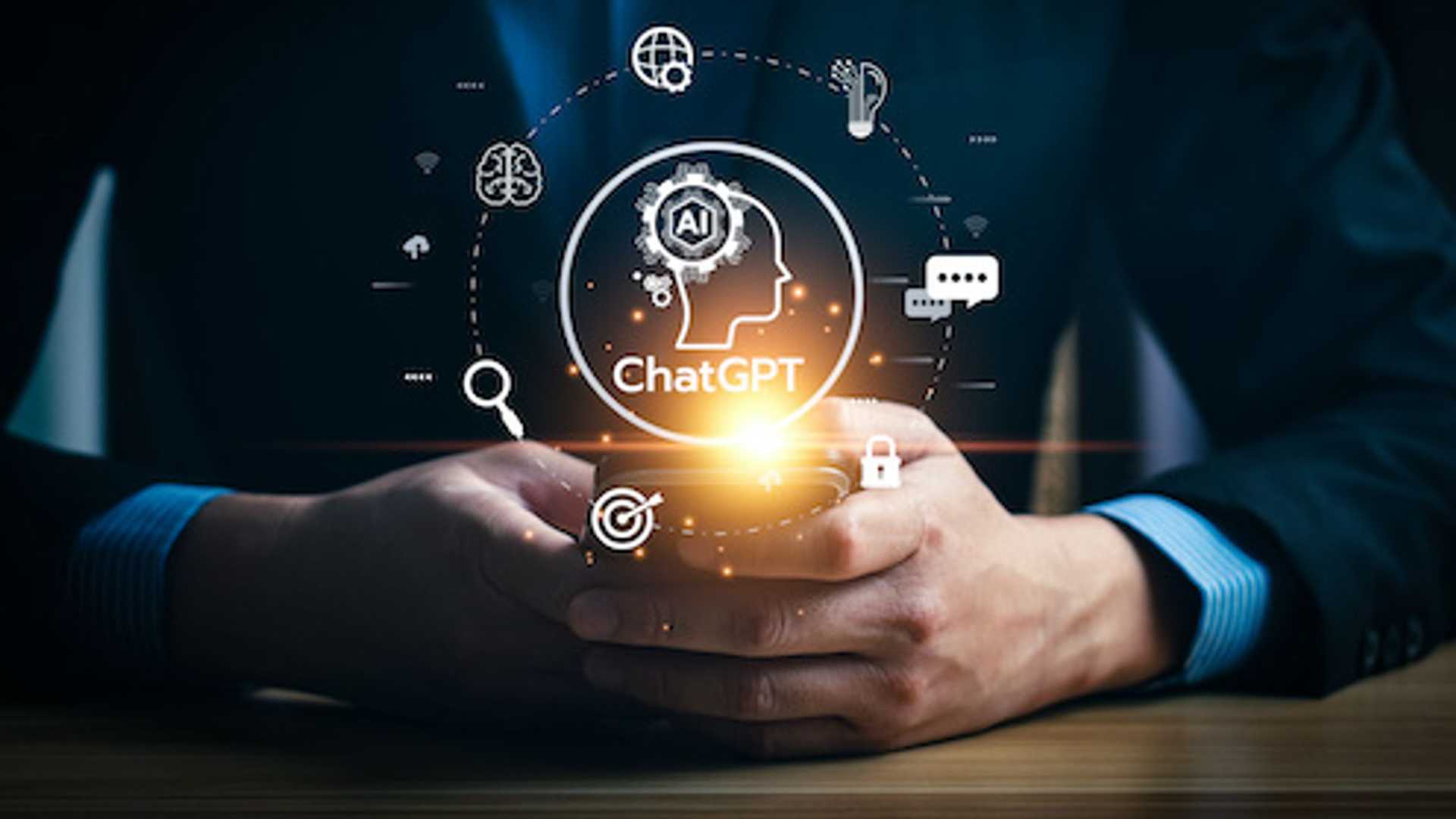ChatGPT in Education - Technical Education Post
The rise of AI-powered chatbots such as ChatGPT has gained much attention from educators and policymakers in recent weeks. The increasing use of such chatbots among students for various purposes, including academic assignments, has raised concerns about academic honesty and accessibility. OpenAI’s chatbot is capable of composing poems, writing essays, and generating HTML code instantly, raising endless possibilities. However, educators are concerned about the negative implications of such technology in the education sector, the most prominent one being cheating.
The Challenge of Cheating
Nearly 90% of students admitted to using OpenAI’s chatbot for homework purposes, and 25% of teachers caught a student cheating using the chatbot, according to a study by study.com. This alarming trend has led several school districts, including the New York City Public Schools and the Los Angeles Unified School District, to ban the use of ChatGPT. While cheating with ChatGPT remains a significant issue, the larger problem lies in focusing on the memorization and regurgitation of information.
The Role of AI in Education
Artificial intelligence has been used in many areas of education, including personalized learning platforms and higher education’s early warning systems. However, AI chatbots such as ChatGPT are posing new challenges to educators and institutions. Despite the concerns that surround AI chatbots, some educators are not leveraging this tool to enhance their teaching methods. Instead, they are nervous about the student use of AI to pass assignments and assessments, hindering the potential of AI to revolutionize education.
AI Detection Capabilities
Turnitin products have added AI detection capabilities to their existing writing tools, including Turnitin Feedback Studio, TFS with Originality, Turnitin Originality, Turnitin Similarity, SimCheck, Originality Check, and Originality Check+. The detection capabilities for GPT3, the underlying technology that many AI writing applications are based on, were in development two years before the release of ChatGPT.
What’s Next?
The potential of AI chatbots such as ChatGPT is undeniable, and they will continue to improve in the future. Banning such tools is not a practical solution because students can access them from their phones and laptops outside of class. Students will need to know how to use these AI tools to work alongside them, and this is where educators play a crucial role. Educators need to guide students into this strange new world to understand how this type of AI works, the potential biases it contains, and how it can be misused and weaponized. The Technical Education Post aims to encourage, enlighten, and inspire educators in the Technical, Technology, S.T.E.M. Education, Industrial, Vocational, and Pre-Engineering Fields.
Browse more news articles by industry on our website.
Email address will not be published. Required fields are marked *
Contact Information
- Technical Education Magazine
- Level B
- 30627 Hathaway St. Livonia, MI 48150
- 734-338-3290




















